Search Results
Back to JTS Torah Online's Main page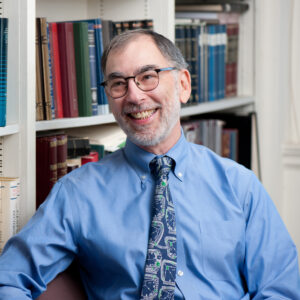
The People Step Up
Mar 8, 2024 By Robert Harris | Commentary | Shabbat Shekalim | Vayak-hel
By this point in the Book of Exodus, the story outlines are probably familiar: the people—having been redeemed from Egypt and covenanted with God on Mt. Sinai, and having already sinned a terrible sin by building the Golden Calf—respond to God’s detailed instructions to build a Tabernacle by donating so generously that the collection of the material with which to construct the sanctuary has to be stopped midway, even as the people are still in the process of donating.
Read More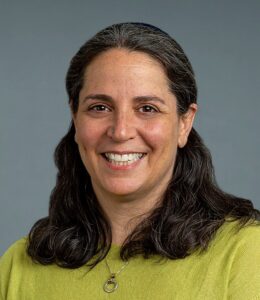
Making Space for God’s Presence
Mar 17, 2023 By Kara Tav | Commentary | Pekudei | Shabbat Hahodesh | Vayak-hel
Our rededication of the hospital’s ICU echoed for me the original Jewish sacred space described in the Book of Exodus. The double Torah reading for Vayak-hel and Pekudei provides God’s blueprint for a traveling sacred space that the Israelites would build during their journey through the wilderness. As they travelled, they would carry a place for the presence of God and for revelatory encounters between God and the high priests on behalf of the people. It would be a space for doing sacred work and for being with God.
Read More
The Sanctity of the Schoolroom
Feb 25, 2022 By Ofra Arieli Backenroth | Commentary | Shabbat Shekalim | Vayak-hel
In the Poetics of Space, Gaston Bachelard (1884–1962) highlights the importance of the home for each of us: “The house, even more than the landscape, is a “psychic state,” and even when reproduced as it appears from the outside, it bespeaks intimacy” (72). This week’s parashah speaks about building a home—a home for God. Reading the description of this process underscores for me, an educator and a scholar of the arts, the importance of aesthetics and beauty in what we study, the manner in which we study, and above all, the spaces where we study.
Read More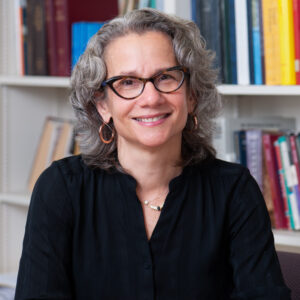
Holy Bling
Mar 12, 2021 By Amy Kalmanofsky | Commentary | Pekudei | Vayak-hel
I loved rummaging through my grandmother’s jewelry. To my child’s eye, her jewelry box was a treasure chest filled with sparkling gems, pearls, and gold. All “paste,” I learned, but to me they were the crown jewels.
Read More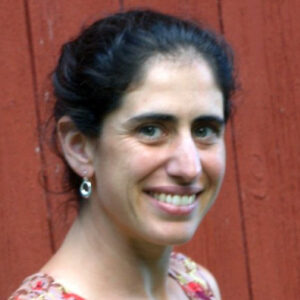
Those Whose Hearts Lift Them
Mar 18, 2020 By Nicole Wilson-Spiro | Commentary | Pekudei | Vayak-hel
When I lived in South Philly, I fell in love with the Mummers, an annual parade and show on New Year’s Day and part of the fabric of the neighborhood throughout the year. Mummers dress in elaborate costumes and “strut” down Broad Street, while playing music and handing out beaded necklaces and New Year’s greetings to enthusiastic crowds. While some Mummers merely enjoy the opportunity to cavort in silly costumes in various stages of drunkenness, other Mummers clubs are intensely competitive, guarding the secret of their yearly themes with a vengeance and working throughout the year to prepare a spectacle.

Bezalel and Oholiav: Models Then, Models Now
Mar 1, 2019 By Matthew Berkowitz | Commentary | Vayak-hel
Parashat Vayak-hel is replete with the material details of the Tabernacle and its wares. This sacred building project becomes the focus of Israelite energy in the latter part of the Book of Exodus. But more than the project itself is the quality of the people behind it. Vayak-hel pointedly and poetically reintroduces us to Bezalel and Oholiav, the master artisans responsible for the construction of the Tabernacle and its appurtenances. What makes these two individuals worthy of this sacred task?
Read More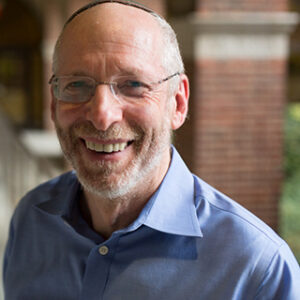
The Give and Take of Strength
Mar 9, 2018 By Eliezer B. Diamond | Commentary | Pekudei | Vayak-hel
Rituals of closure are common in both the secular and religious realms. An example of the first is the sounding of retreat and the lowering of the flag marking the end of the official duty day on military installations. An instance of the second is the siyyum, a liturgical ritual and festive meal that is occasioned by the completion of the study of a Talmudic tractate. Closure rituals relate not only to the past but to the future as well. On the one hand, the temporal demarcation of a past event facilitates the emergence of its distinct identity, internal coherence, and significance, thereby providing insight, understanding, and, at times, a sense of accomplishment. At the same time, by declaring an end, a closure ritual creates space in which one can—and must—begin anew; the past is to be neither prison nor refuge.
Read More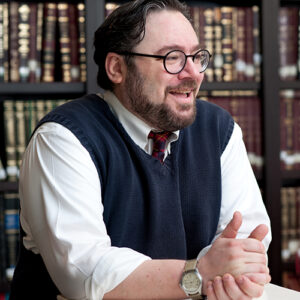
The Sanctuary and the Bomb
Mar 24, 2017 By Marcus Mordecai Schwartz | Commentary | Pekudei | Vayak-hel
The US gave the codename “Ivy Mike” to its first full-scale experimental thermonuclear device. Designed by of two the century’s most significant nuclear scientists, Stanisław Ulam and Edward Teller, Mike’s design was a strangely beautiful one. As historian Richard Rhodes wrote in Dark Sun: The Making of the Hydrogen Bomb: “Steel, lead, waxy polyethylene, purple-black uranium, gold leaf, copper, stainless steel, plutonium, a breath of tritium, silvery deuterium effervescent as a sea wake: Mike was a temple, tragically solomonic, invoking the powers that fire the sun.”
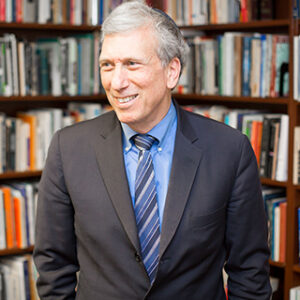
Wonderment and Order: A Path to the Heart
Mar 24, 2017 By Arnold M. Eisen | Commentary | Pekudei | Vayak-hel
The Baal Shem Tov posed a question about Parashat Pekudei that I too find most puzzling. Why are we told over and over again—10 times in the course of Exodus chapters 39–40, by my count, in addition to a declaration at the start of Parashat Vayak-hel (35:4)—that the Israelites did all they did for the Tabernacle, gave what they gave, built what they built, “as the Lord had commanded Moses.” Why not just tell us once, at the end of the account, that all they did was done in this way, for this purpose?
Read More
Imagining Community, Then and Now
Mar 4, 2016 By Arnold M. Eisen | Commentary | Vayak-hel
Anyone who has mounted a fund-raising campaign, or sought volunteers for an institution or organization, will immediately recognize the account of the Tabernacle’s construction in this week’s Torah portion as utopian in the extreme. “All the artisans . . . said to Moses, ‘The people are bringing more than is needed for the task entailed in the work that the Lord has commanded to be done.’ Moses thereupon had this proclamation made throughout the camp: ‘Let no man or woman make further efforts toward gifts for the sanctuary!’ Their efforts had been more than enough for all the tasks to be done” (Exod. 36:5–7).
Read More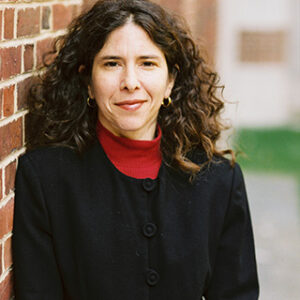
Artisan and Architect
Mar 4, 2016 By Barbara Mann | Commentary | Vayak-hel
Ben Uri looked at the work of his hands and was astonished at how the ark stood firm while he himself was like an empty vessel. His soul was sad and he broke out in tears.
—S. Y. Agnon, Agunot
Read More
The Artist’s Insight
Mar 13, 2015 By Lilly Kaufman | Commentary | Pekudei | Vayak-hel
From October of last year until mid-February, the Museum of Modern Art in New York City, in collaboration with Tate Modern in London, featured a comprehensive exhibition entitled Henri Matisse: The Cut-Outs. It was a reassessment of Matisse’s colored paper cut-outs, which, according to the program notes, “reflect…a renewed commitment to form and color, and . . . inventiveness”. Matisse himself said, “For me, a colour is a force. My pictures are made up of four or five colours that collide with one another, and the collision gives a sense of energy.” (Sooke, Henri Matisse: A Second Life, pp. 97-98.)
Read More
Nediv Lev
Mar 13, 2015 By Michael R. Boino | Commentary | Pekudei | Vayak-hel
We often think of love as something comfortable, something comforting. The truth is, it can be the exact opposite. True, unbounded love from another source can cause us to confront parts of ourselves with which we are uncomfortable: our vulnerability, our self image, our passive role as the recipient of care rather than as a caregiver.
Read More
Wisdom of the Heart
Feb 19, 2014 By Matthew Berkowitz | Commentary | Vayak-hel
In many ways, Parashat Vayak-hel repeats the instruction of previous parashiyot.
Read More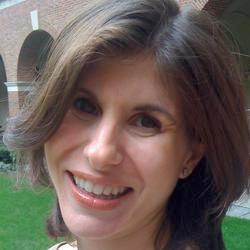
Meaning in Métier
Mar 6, 2013 By Abigail Treu | Commentary | Pekudei | Vayak-hel
The midrash suggests that the building of the Mishkan (Tabernacle) was given not because God needed such a thing, but to show the world—Israelites included—that the Israelites had been forgiven for the sin of the Golden Calf. It is curious, though, that such a gesture would be given as a do-it-yourself assignment.
Read More
Of Leadership and Investment: A People Engage
Mar 6, 2013 By Matthew Berkowitz | Commentary | Pekudei | Vayak-hel
Parashat Vayak-hel-Pekudei continues the building of the Tabernacle—detailing the materials, craftsmanship, appurtenances, and its completion.
Read More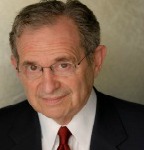
How Now, Brown Cow?
Mar 17, 2012 By Leonard A. Sharzer | Commentary | Pekudei | Shabbat Parah | Vayak-hel
I would like to review several components of the Red Heifer ritual that I find most challenging and ask two questions: (1) Is there any way to understand this arcane ritual that has resonance in modern times?; and (2) Why do we read this passage shortly before Pesah?
Read More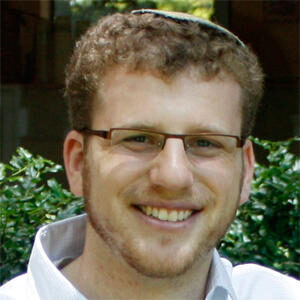
Consumption with Humility
Mar 17, 2012 By Charlie Schwartz | Commentary | Text Study | Pekudei | Vayak-hel
“You are what you eat,” as the old adage goes—but according to this midrash, you are also what you build, or more precisely, you are how you build.
Read More
A Job Well Done
Feb 26, 2011 By Abigail Treu | Commentary | Text Study | Vayak-hel
Who gets the credit for a job well done? The work of the Tabernacle was not a solo endeavor; indeed Exodus 31:6 tells us that Oholiab ben Ahisamach and “all who are skillful” were enlisted for the undertaking. The rabbis’ populist bent seeps through the midrash here and elsewhere as the work of the Tabernacle is discussed.
Read More
The Religious Significance of Our Relationships
Feb 26, 2011 By Marc Wolf | Commentary | Vayak-hel
Among the many methods of explicating verses and devising halakhah, the Rabbis list s’michut parashiyot (connection of phrases). The essential idea is that proximity of biblical verses suggests a correlation of their greater subject matters. Or, in our common parlance: “Location, location, location.” This week, we have an example that illustrates the method.
Read MoreSUBSCRIBE TO TORAH FROM JTS
Our regular commentaries and videos are a great way to stay intellectually and spiritually engaged with Jewish thought and wisdom.




